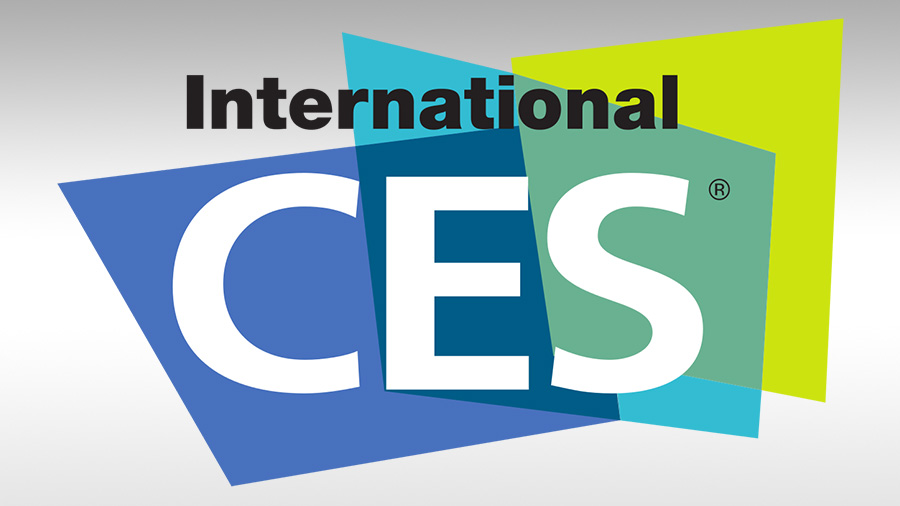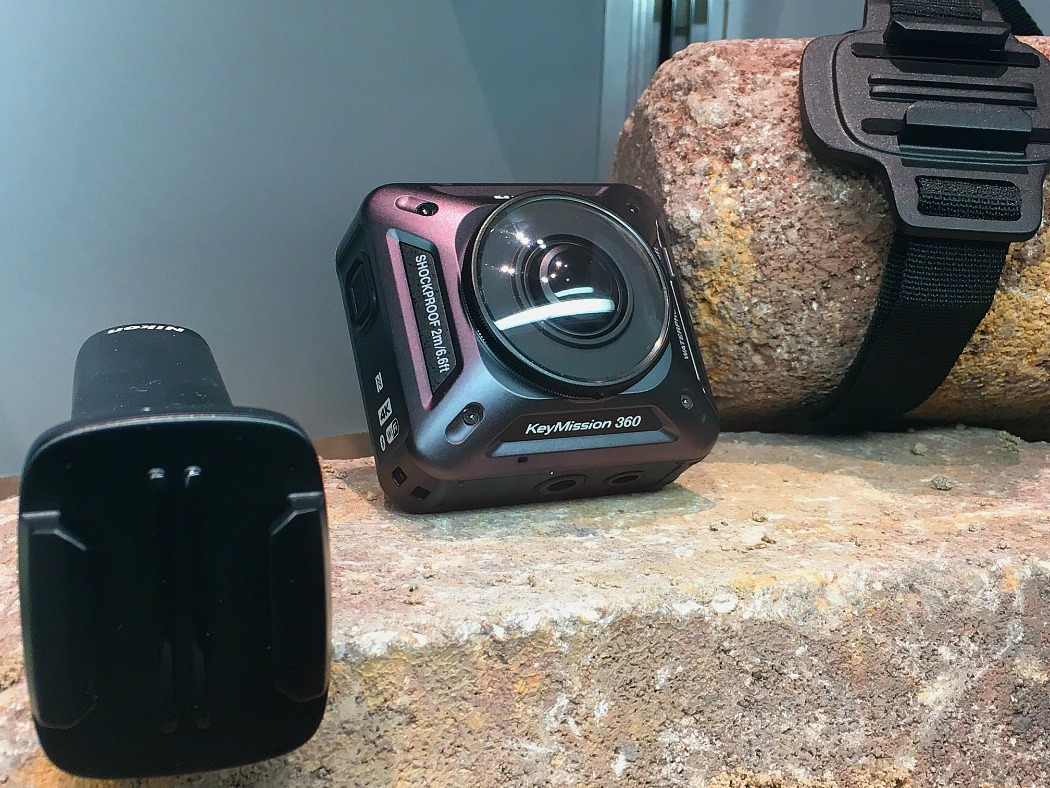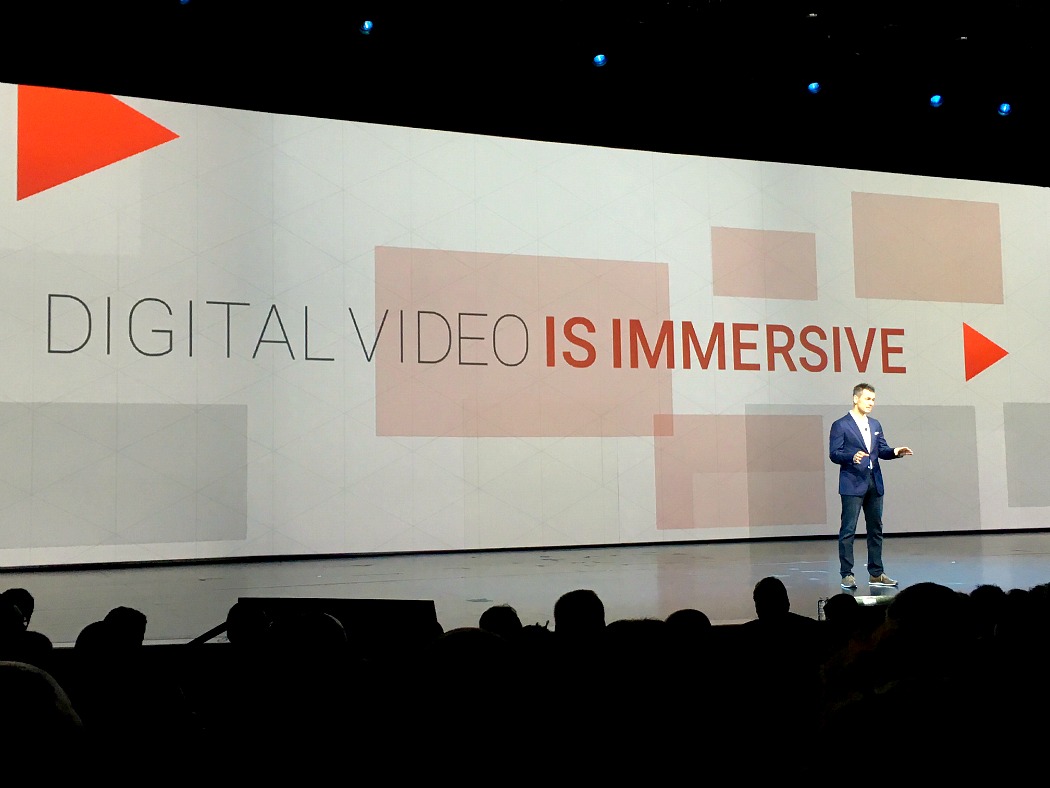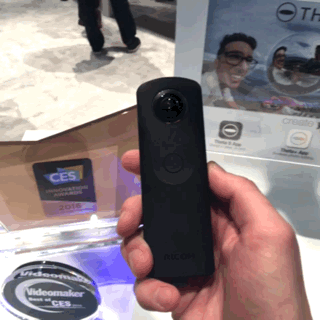
Guest Post: Will Harvey, VCCP on VR at CES 2016

Camera, Content, Consumption CES 2016
VR without a doubt was the talk of the town during CES 2016.
The annual Consumer Electronics show (CES) takes place in Las Vegas every January. It is a global stage for both small and large technology organisations to launch the latest wares hoping to grace store shelves and consumers’ homes in the coming months.
With a number of major manufacturer’s VR headsets scheduled for launch in the first half of 2016, brands such as Oculus, HTC & Sony all chose CES as the place for them to kickstart the New Year and get first dibs on what many is deeming ‘the year of VR’.
For me, there were three major discussion areas that seemed to dominate both the official show floor (which for the first time had a dedicated space for virtual reality), and the rumour and gossip outside of the venues themselves.
The big announcement of the show was Oculus officially opening up pre-orders and pricing for their consumer ready device. Starting at £499 for the VR hardware (plus a whopping additional £800-£1000 spec. PC required to run the device), some critics have baulked at what they see as the poster boy company of VR, pricing the device and the PC support needed beyond the pocket of the average consumer.
For me, this kind of entry-level cost is to be expected for the early adopter market and happens every time. But recent comments from Oculus founder Palmer Luckey that the headset price will eventually lower to nearer a £240 mark is more promising. The initial negative comments didn’t seem to rock other people’s interest either, borne out by the 2-3 hour long queues to try the final consumer device.
HTC didn’t want to be left out either, with their updates and announcement that the opening pre-orders listings for the VIVE will be on February 29th.

Sony continued to demo its PlayStation VR headset, previously referred to as Project Morpheus, and there was also a surprisingly large presence and push on the show floor from Samsung with Gear VR. Gear VR without a doubt, is the bridge option between Google Cardboard and Oculus Rift, allowing users to place their own smartphone into a device and experience VR without the huge investment.
This option is nothing new to the growing VR fans and community, but will undoubtedly be a key stepping stone for mass-market adoption of more premium VR headsets. I saw a number of Gear VR clones on show at CES which I am certain will ramp up even more leading into MWC in February.
The challenge for most emerging formats will be the availability of content. We’ve seen this with the SD to HD move back in 80’s, and the recent HD to 4K over the last two years.
With only some of the larger studios and organisations able to invest in equipment and knowledge to capture sufficient content in these newer formats, it’s a real chicken and egg situation, and similarly acts as a real barrier to purchase for consumers, due to the lack of content.
What has helped in the past has been the affordability and availability for consumer level devices able to capture in these formats.
GoPro was a prime example, putting affordable HD cameras in consumers hands back in 2010 and most recently in 2014 with 4K enabled cameras leading the way for the availability of more 4K content.

CES 2016 also saw a range of consumer ready devices coming to market allowing capture of 360 imagery. Nikon KeyMission 360, 360fly and, of course, the Ricoh Theta S got a huge amount of press coverage particularly. At the YouTube keynote speech, the Nick Woodman, the founder for GoPro made an appearance and let slip that they are working on an all in one device to capture in complete 360 degrees, which will definitely lead to more manufacturers battling to get in on the space.
As brands and agencies start to explore this new and exciting territory, it makes sense for them to partner up with a specialist production company to allow them to become familiar with the unique technical and creative challenges of working with immersive content. The industry is still in its early stages, so specialists are breaking new ground and taking on the learning curve on behalf of brands.

Robert Kyncl - Chief Business Officer, YouTube
An interesting prediction I heard from Shaun DuBravac from CTA (the association that finances and stages CES), was that the standardisation of web based VR content will be a huge factor in swaying mass market adoption. This, therefore could provide the opportunity for brands to leverage the platform’s possibilities, without the need of native applications and the barrier to entry that downloading apps can have. Much like how we have seen the explosion of rich mobile experiences through the enablement of HTML5, Web VR standardisation will be a huge win for this emerging platform.
In summary, most of this year’s real discussions centred around VR, the focus being 3 key elements: Cameras available for consumers to use, greater expansion of content and the different ways in which we will consume that content across 2016.

This is the 5th year, Will Harvey, Innovation Lead at VCCP has attended CES.

Comments